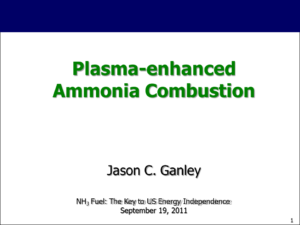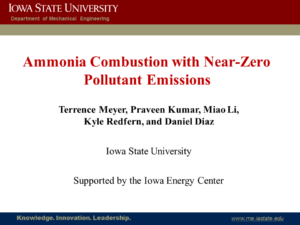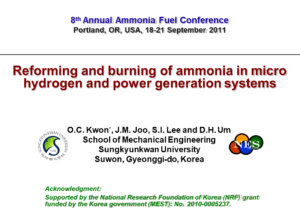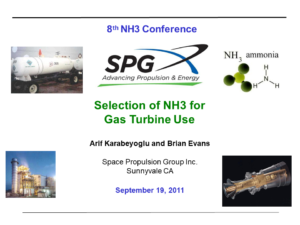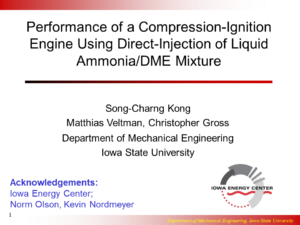Study on Reduced Chemical Mechanisms of Ammonia / Methane Combustion under Gas Turbine Conditions
On September 1st, academic journal Energy & Fuels published a new paper that features research coming out of the UK's Cardiff University and Ireland's University of Limerick. This study demonstrates a "reduced mechanism" for simulating the "robust numerical analyses with detailed chemistry" necessary for the "industrial implementation" of ammonia in gas turbine combustion for "future power generation." Here's the abstract:



